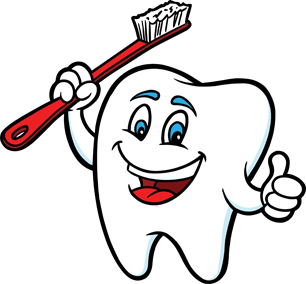Sedation Dentistry
Powerful painkilling medications known as anesthetics not only help a patient avoid discomfort during a procedure, but post-operatively as well. Some patients may require higher doses of anesthetic than others. The comfort of sedation dentistry allows patients to relax throughout the dental treatment. It is safe and very effective as patients are closely monitored by our trained professionals. Your dentist will talk to you about the most appropriate sedation option to address your particular needs.
Local Anesthesia
Anesthetics can be topically applied, injected or swallowed. Topical anesthetics are often applied with a cotton swab to numb the affected area. This approach is often used with tooth restoration. Topical anesthetics are also used to prepare an area of injection for an anesthetic. Lidocaine is the most common injectable anesthetic and is often used for fillings and root canals.
Sedation & General Anesthesia
Sedatives are medications designed to help a patient relax. This can be a powerful tool in avoiding pain. Sedatives are sometimes used in combination with other types of pain relievers and pain killers. Conscious sedation involves administering a sedative while the patient is alert and awake. Intravenous (IV) sedation is usually in the form of a tranquilizing agent; patients given IV sedation are often awake but very relaxed. Deep sedation or general anesthesia involves administering a medication that places a patient in a state of monitored and controlled unconsciousness.

















